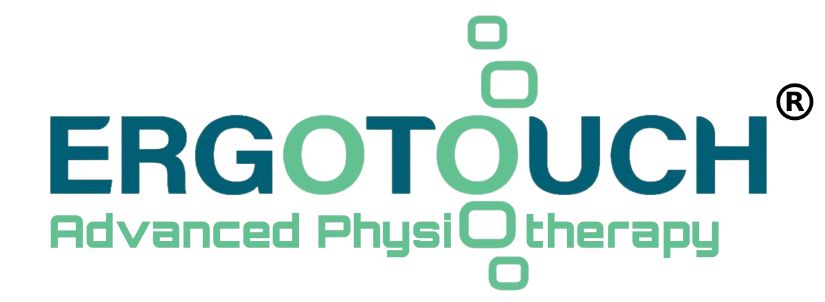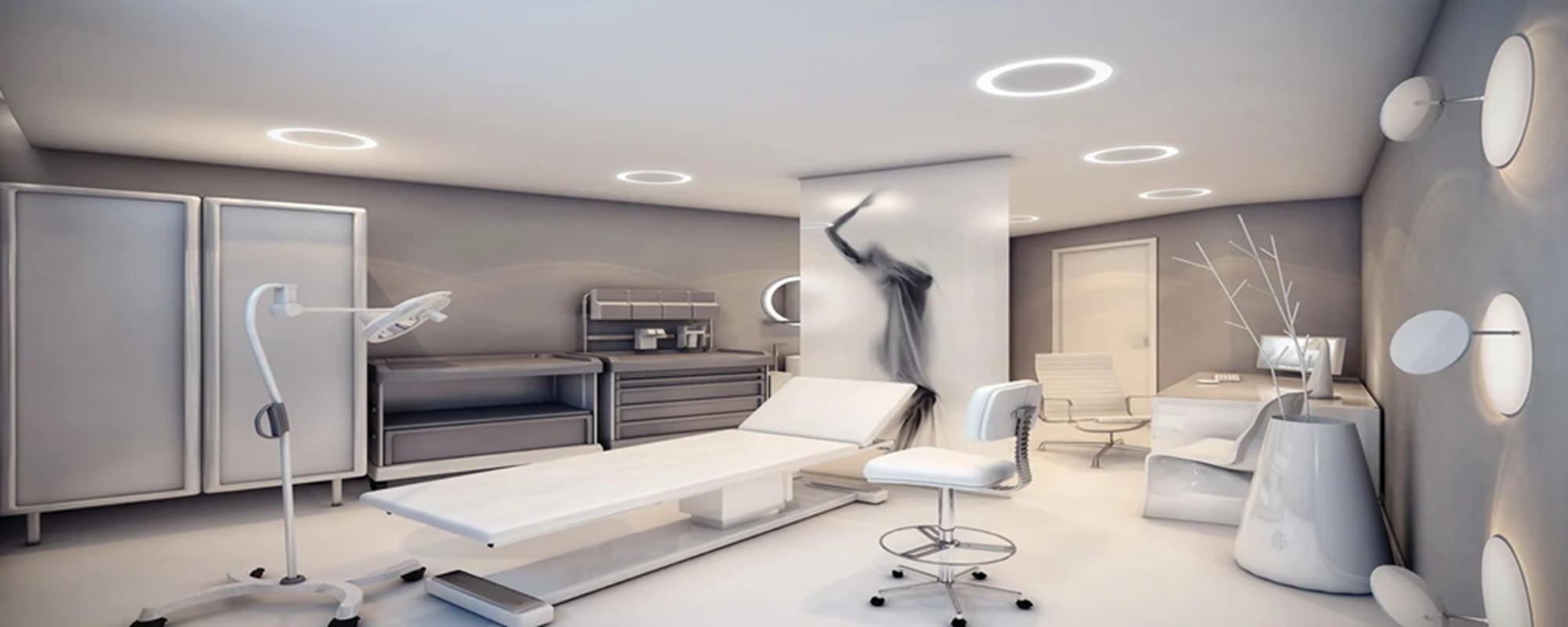Understanding Muscle Imbalance admin November 22, 2024 Physiotherapy Innovations We often encounter the term “imbalance” in various aspects of life—hormonal imbalance, electrolyte imbalance, or work-life imbalance. Recently, a trending term, muscle imbalance, has gained significant attention. But what exactly does it mean, and how does it impact our health and daily life? Let’s dive deeper. What is Muscle Imbalance? In the initial phase there is slight discomfort and stiffness in the muscle which comes on and off depending on its use, as this process goes on it affects more and more muscle fires, form muscle knots, or trigger points causing stiffness, pain, and cycle going on. As the body works in chain patterns and if there is a single shorten or tight muscle which can create tightness in muscle above and below as well as weakness in an opposite group of muscles leading to severe muscle imbalance in the body or vice versa weakness in particular muscle leads to tightness in opposite muscles due to inability of a muscle to complete its range. Why muscles are unable to relax? Being in one position for hours together or repeatedly doing one action in the same range, means the joint is not moving in its full range of motion or all planes, against its natural function. If this goes on, few muscle fibers get stuck in each other or semi contracted state, which in turn reduces its blood flow, nutrients coming in, and washing out metabolic waste like Lactic Acid. These waste products irritate nerve endings causing discomfort. What is a muscle imbalance? In the initial phase there is slight discomfort and stiffness in the muscle which comes on and off depending on its use, as this process goes on it affects more and more muscle fires, form muscle knots, or trigger points causing stiffness, pain, and cycle going on. As the body works in chain patterns and if there is a single shorten or tight muscle which can create tightness in muscle above and below as well as weakness in an opposite group of muscles leading to severe muscle imbalance in the body or vice versa weakness in particular muscle leads to tightness in opposite muscles due to inability of a muscle to complete its range. What are other factors affecting muscle health? Healthy diet sources containing Vit D, Vit, B12, calcium are important for muscle health. Stress or overthinking may continuously maintain tension in muscles. Dehydration leads to insufficient minerals which help muscles to relax. Inadequate sleep will interfere with the muscle healing process leading to stiffness and imbalance. Your physiotherapist will analyze affected muscle patterns and correct the imbalance with appropriate relaxation techniques, strengthening exercises, or modalities. Importantly understanding your tensed or/and weak muscles and treating them on time to avoid chronic muscle aches is a must. Tags : Muscle Health, Physical Therapy Exercises, Stretching and Strengthening Share This :
Changing trends in Physiotherapy for past 10 years
Changing trends in Physiotherapy for past 10 years admin November 22, 2024 Healthcare Technology, Physiotherapy Innovations Traditional Practices and Evolution PTs utilize an individual’s history and physical examination in diagnosis and treatment if necessary will incorporate the results of laboratory and imaging studies. Electrodiagnostic testing (e.g. electro my grams and nerve conduction velocity testing) may also be of assistance. PTs practice in many settings, such as outpatient clinics or offices, inpatient rehabilitation facilities, extended care facilities, homes, education or research centers, schools, hospices, industrial workplaces or other occupational environments, fitness centers, and sports training facilities. I have been practicing last 12 yrs in this field and I can say it has been evolved remarkably in the last 10yrs years. Conventionally Physios were working on electrotherapy modalities like TENS, ultrasound therapy, shortwave therapy, Infrared Therapy Interferential therapy, wax therapy with Therapeutic massage techniques, basic ROM, and strengthening exercises to achieve patient’s goals( Presently shortwave diathermy and Infrared Therapy has been discontinued from practice due to its carcinogenic side effects). In earlier days postoperative management was including an initial long period of immobilization which was time-consuming and delaying the recovery period. In present days rehabilitation science has proved the benefits of immediate physical therapy intervention to maintain mobility and strength has a remarkable impact on prognosis and getting back to routine. In the past decade, Manual Therapy which includes joint Mobilization (Mulligan and Maitland techniques), Hight velocity Thrust Techniques or manipulations (Orthopedic Manual Therapy) and soft tissue manipulations ( Trigger Release Therapy, Instrument Assisted Mobilization, Myofascial Release Techniques) which help to gain range and improve flexibility effectively has been practiced worldwide. Kinesiotaping one of the eye-opening innovations has been practiced especially in sports in the past decade. PhyPilate’s core stability exercise. Advanced Electrical Modalities like Shockwave Therapy which sends mechanical waves in the affected part in turn activates a healing inflammatory response. Laser Therapy, Microwave Diathermy, Matrix Therapy are few more practiced modalities. Dry Needling Therapy and Cupping Therapy which have got famous in the last 4-5 years are soft tissue release techniques based on inflammatory response post tissue damage and speed up the healing process. In Geriatric and Neurorehabilitation, Aquatic Therapy has become popular which is based on buoyancy and water resistance. Cryotherapy chamber has got its name in the sports industry in 5 years. Integrated Physiotherapy is an approach to provide complete patient care using integrated analysis of patient’s condition and multidisciplinary holistic treatment methods. New technologically advancement in Physiotherapy like Gait Analysis System innovative pressure measurement technology provides unique insight on foot function and gait, helping to determine the root cause of problems in the lower extremities. Secondly, Lokomat Therapy robot-assisted training device supports patients in a parachute harness while moving their legs on a treadmill. It creates a smooth repetitive motion that may help stimulate areas of the spinal cord thought to control the ability to walk. Also technology like EMR systems very useful in data management. Recent Advances In Physiotherapy Exogen (“exoskeleton generation”) by LILA-Movementechnology, Malaysia’s first sports tech company, is the worlds leading wearable resistance technology designed by sports scientists to improve people’s movement. Exogen is a compression-based high-performance sports garment under layer which applies weights/loads to any part of the body. Blood Flow Restriction (BFR) therapy is a training and rehabilitation strategy involving the use of cuffs or bands placed around a limb. This partially restricts blood flow to the muscle and occludes venous outflow. It is a new, unconventional way to rehabilitate muscle injuries and weakness, particularly those occurring in the arm or leg. There has been more advancement in Electromyography Biofeedback machines. Virtual Reality is providing a lot of exciting opportunities and it is associated with gaming and niche use cases, but physical therapists have successfully applied VR and continue to discover new uses. Tags : Manual Therapy, Physiotherapy Share This :


